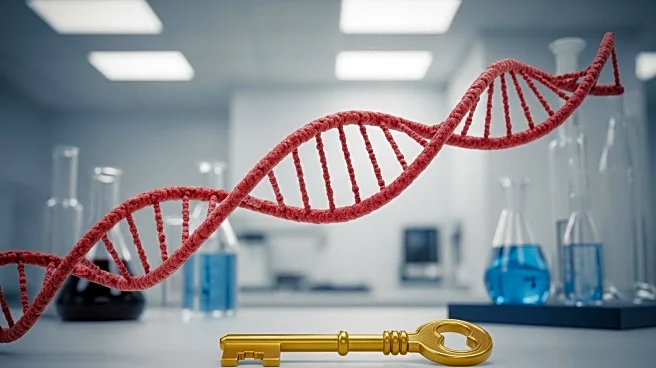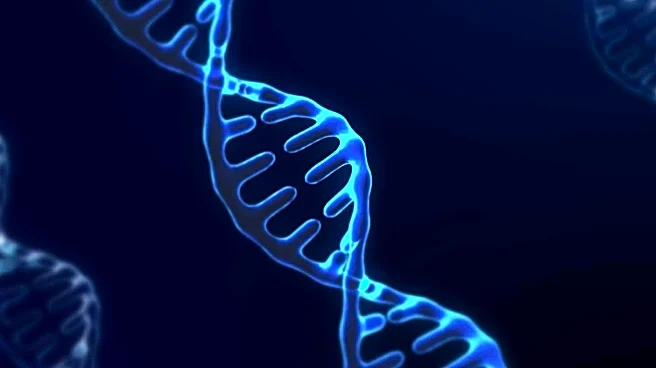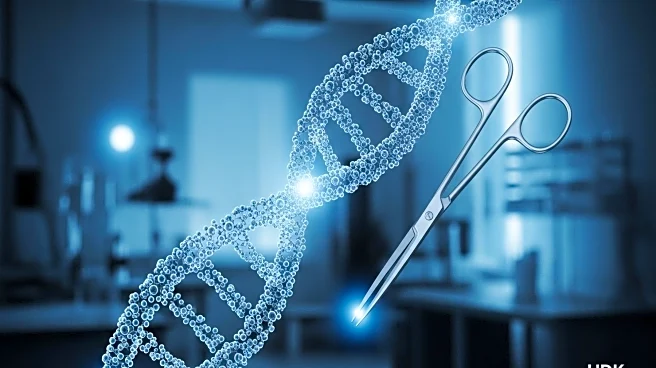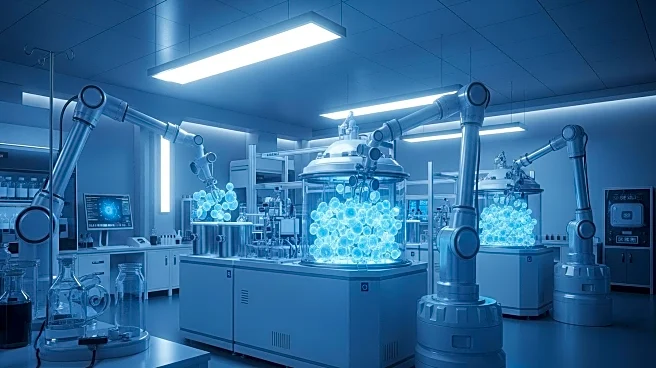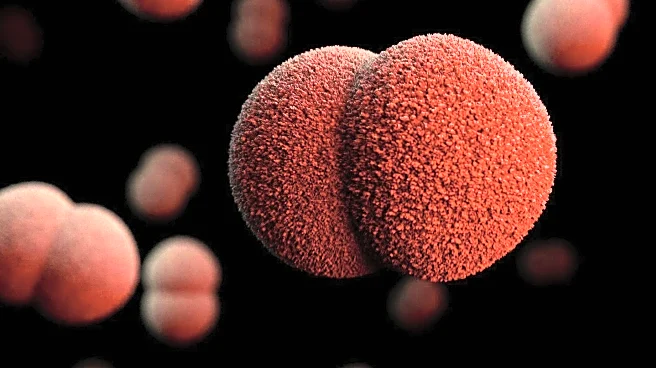What's Happening?
CorrectSequence Therapeutics has announced promising results from its high-precision base-editing therapy, CS-101, for treating sickle cell disease (SCD). Conducted in collaboration with the First Affiliated Hospital of Guangxi Medical University, the trial demonstrated a significant increase in fetal hemoglobin levels and a reduction in sickle hemoglobin in the first treated patient. This innovative approach uses transformer Base Editing technology to modify regulatory elements in the promoter of the γ-globin genes, reactivating γ-globin expression to produce functional fetal hemoglobin. The therapy offers a potentially safer and more effective treatment path compared to conventional methods, eliminating the need for a donor.
Why It's Important?
The success of CS-101 represents a significant advancement in the treatment of hemoglobinopathies, including sickle cell disease and β-thalassemia. By offering a gene-editing solution that activates fetal hemoglobin in a patient's own blood cells, CorrectSequence Therapeutics provides a curative approach that could transform the lives of millions affected by these conditions. This breakthrough not only highlights the potential of base editing technology but also positions CorrectSequence as a leader in developing innovative genetic therapies. The implications for global healthcare are profound, as this therapy could improve accessibility and outcomes for patients worldwide.
What's Next?
CorrectSequence Therapeutics plans to advance CS-101 into pivotal Phase II/III trials, with global recruitment underway for both sickle cell disease and β-thalassemia. The company is committed to delivering safe, effective, and accessible treatments for severe hemoglobin disorders, leveraging its innovative gene-editing technologies. As the trials progress, the potential for CS-101 to become a best-in-class therapy for hemoglobinopathies will be closely monitored by the medical community and industry stakeholders.
